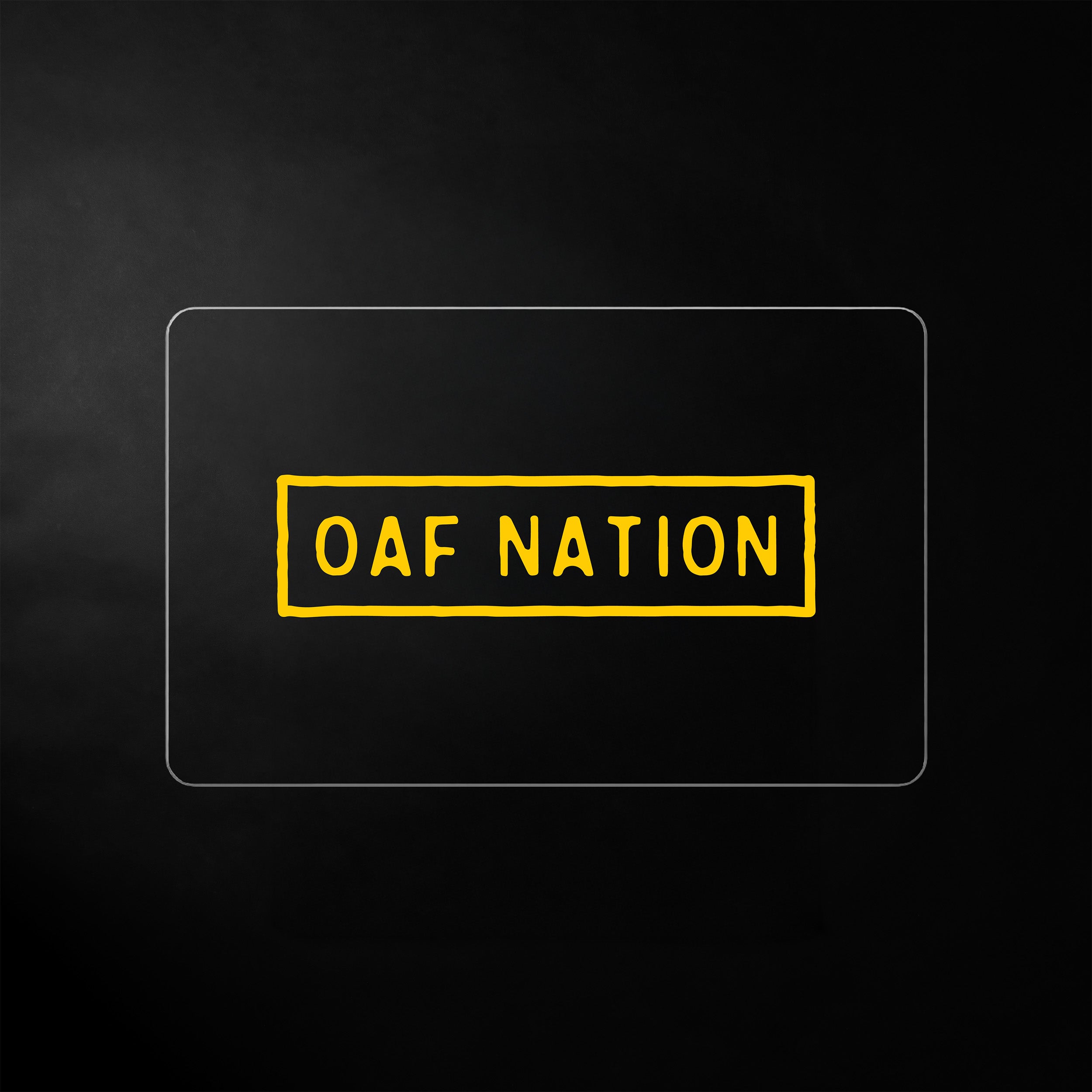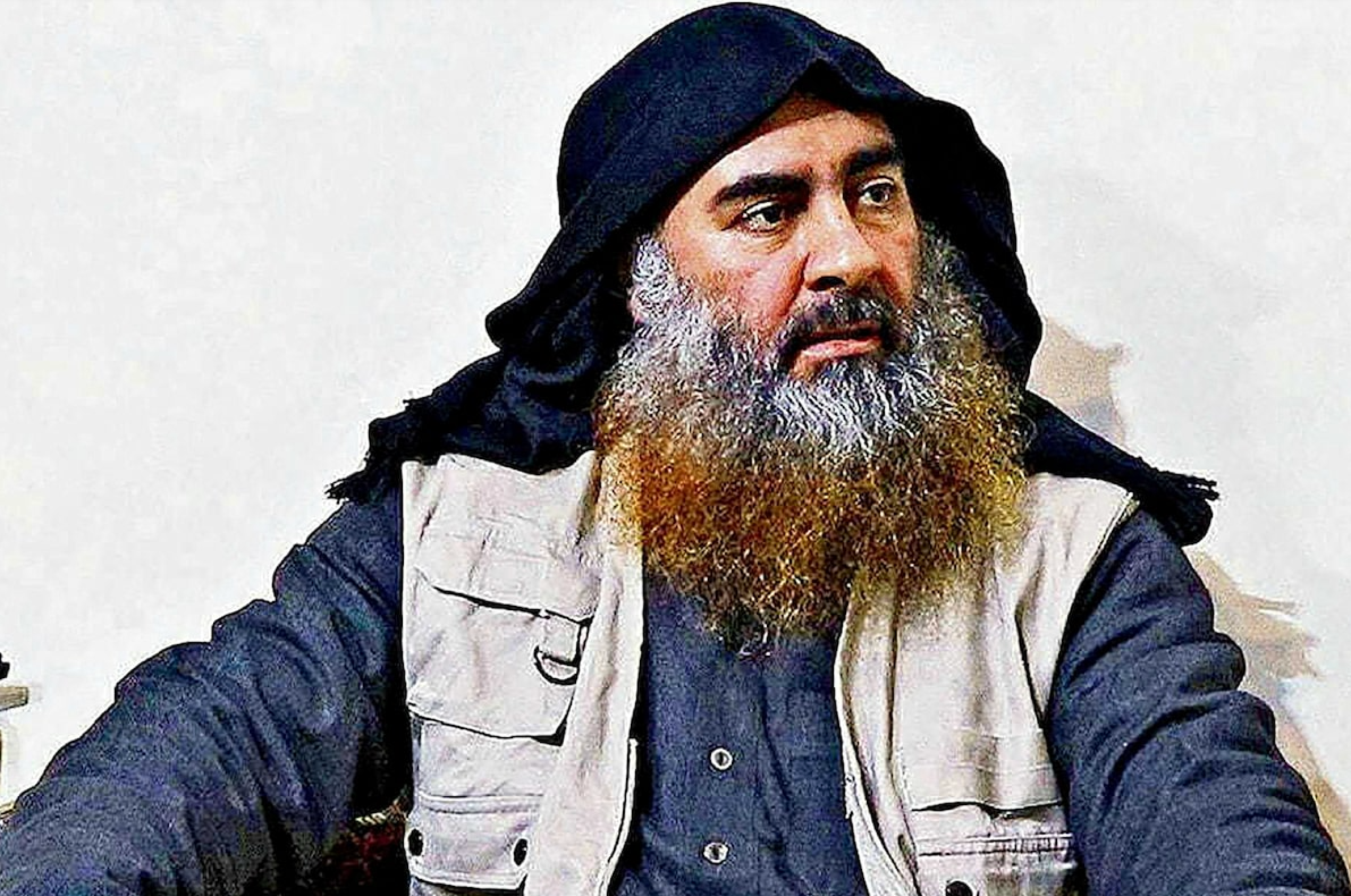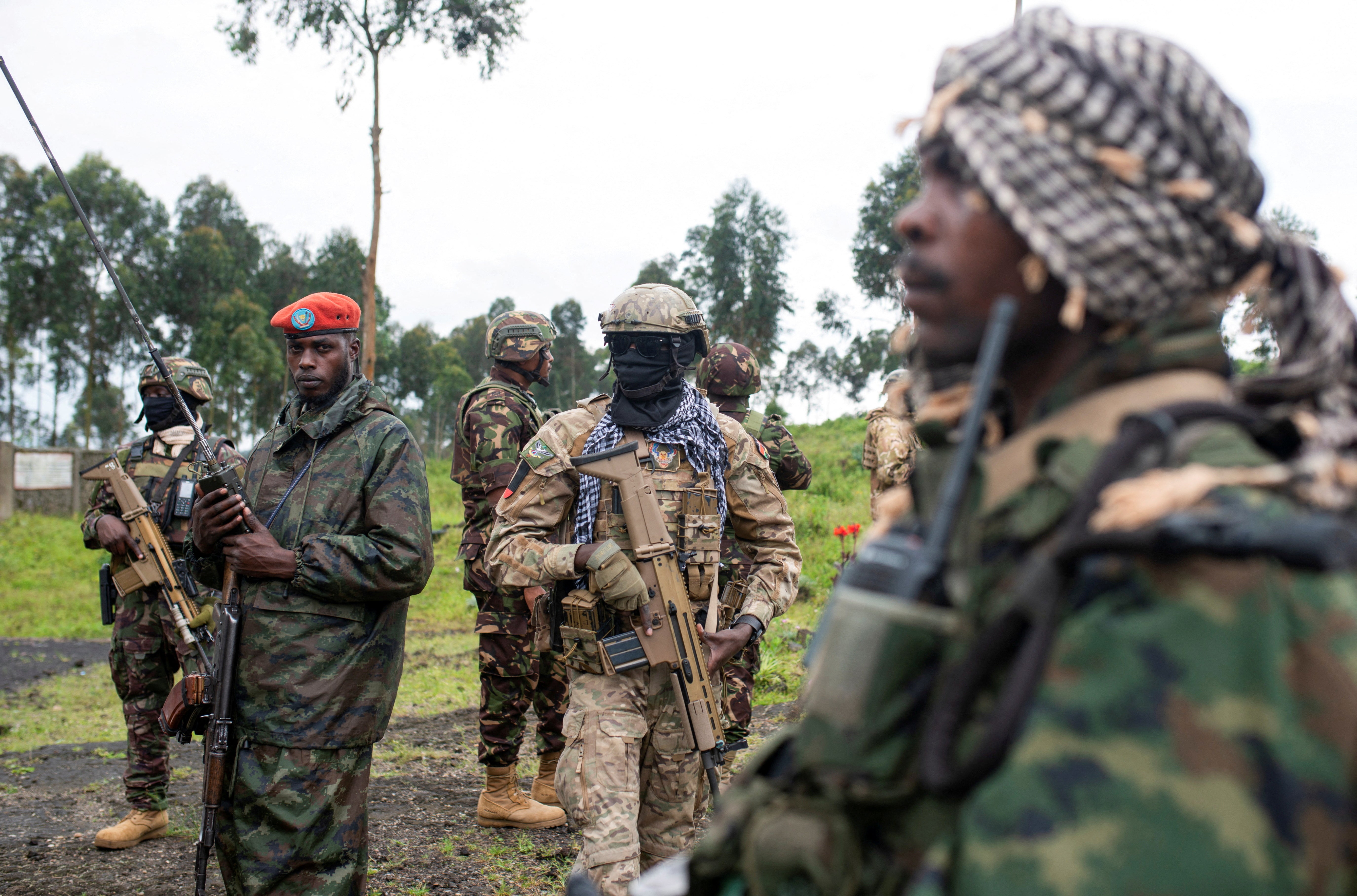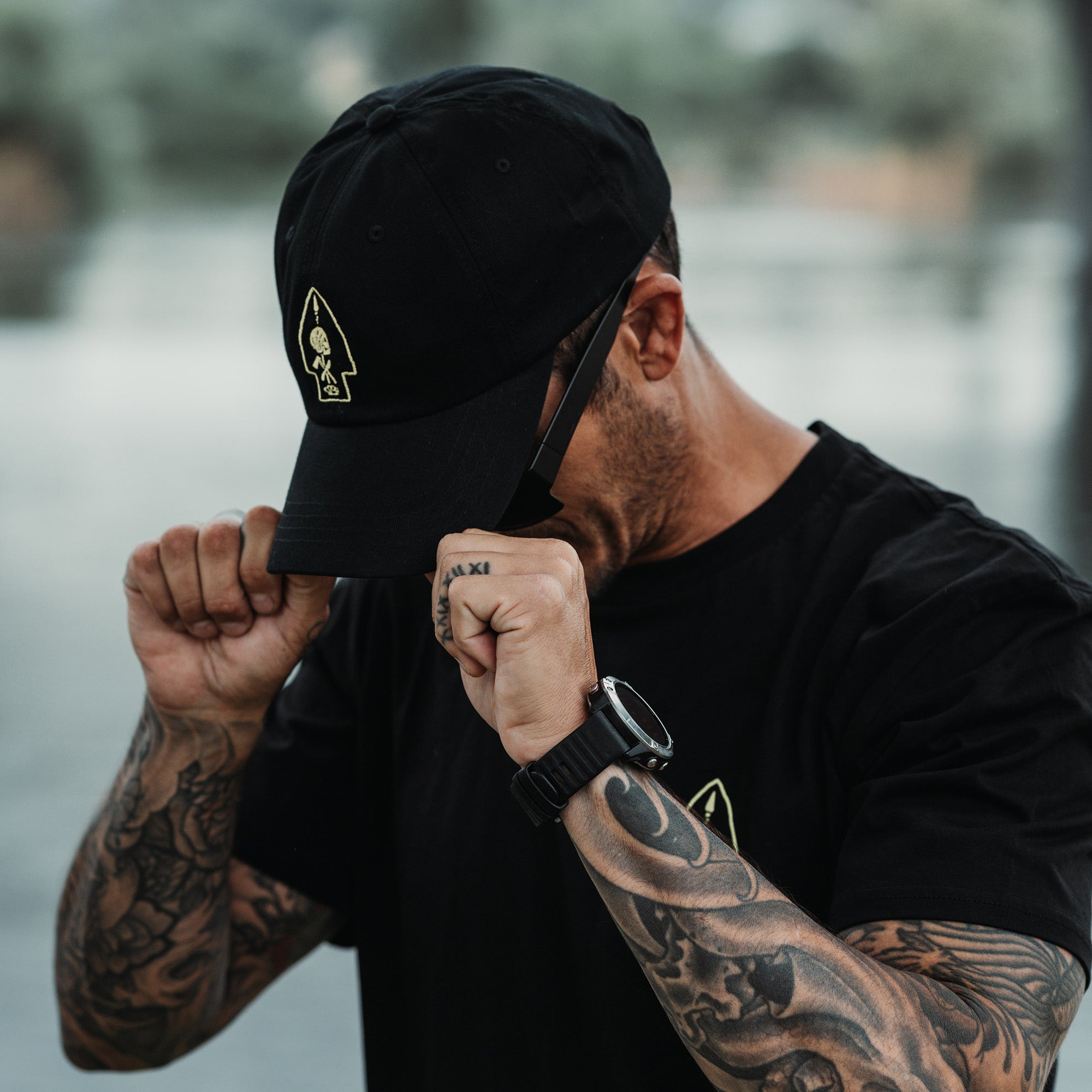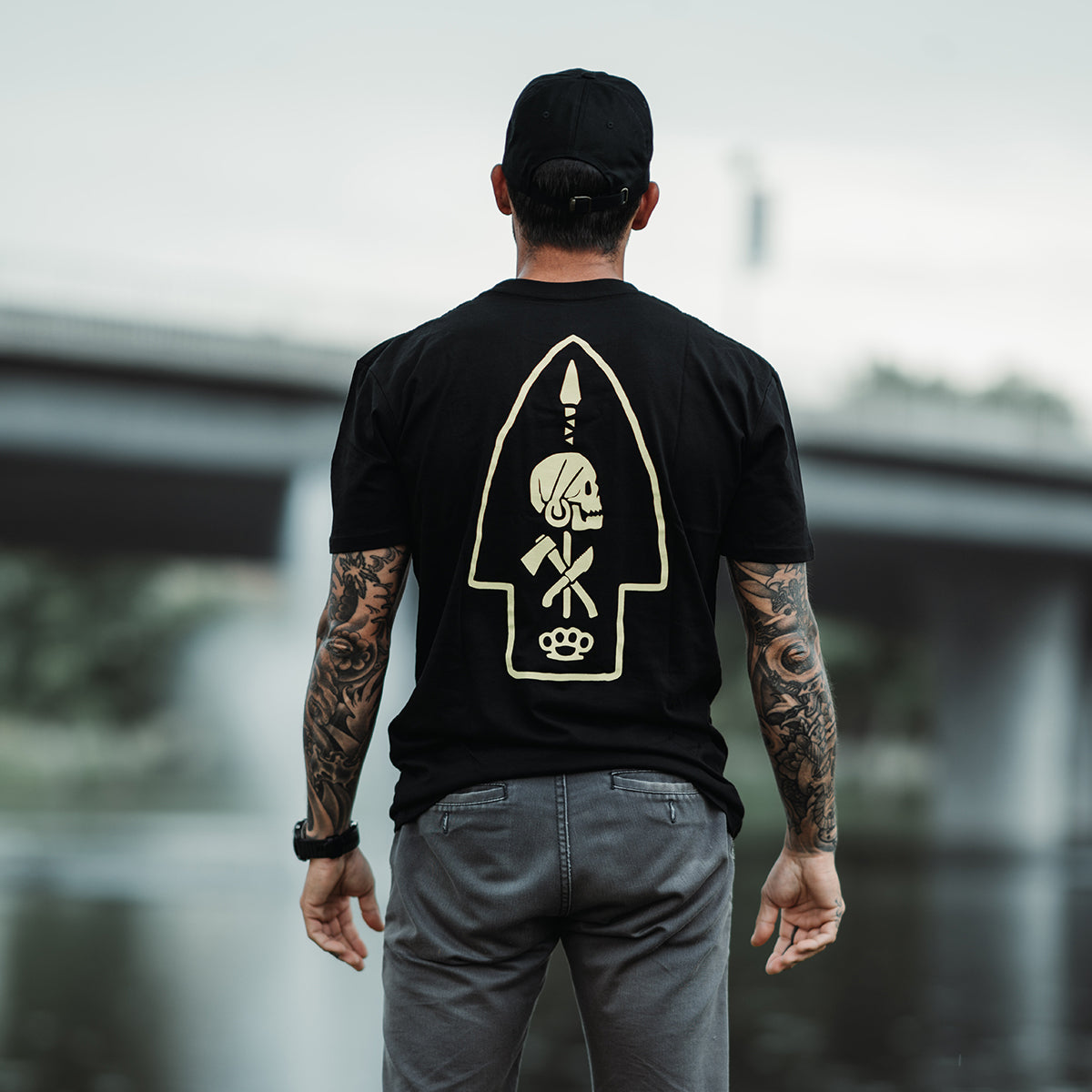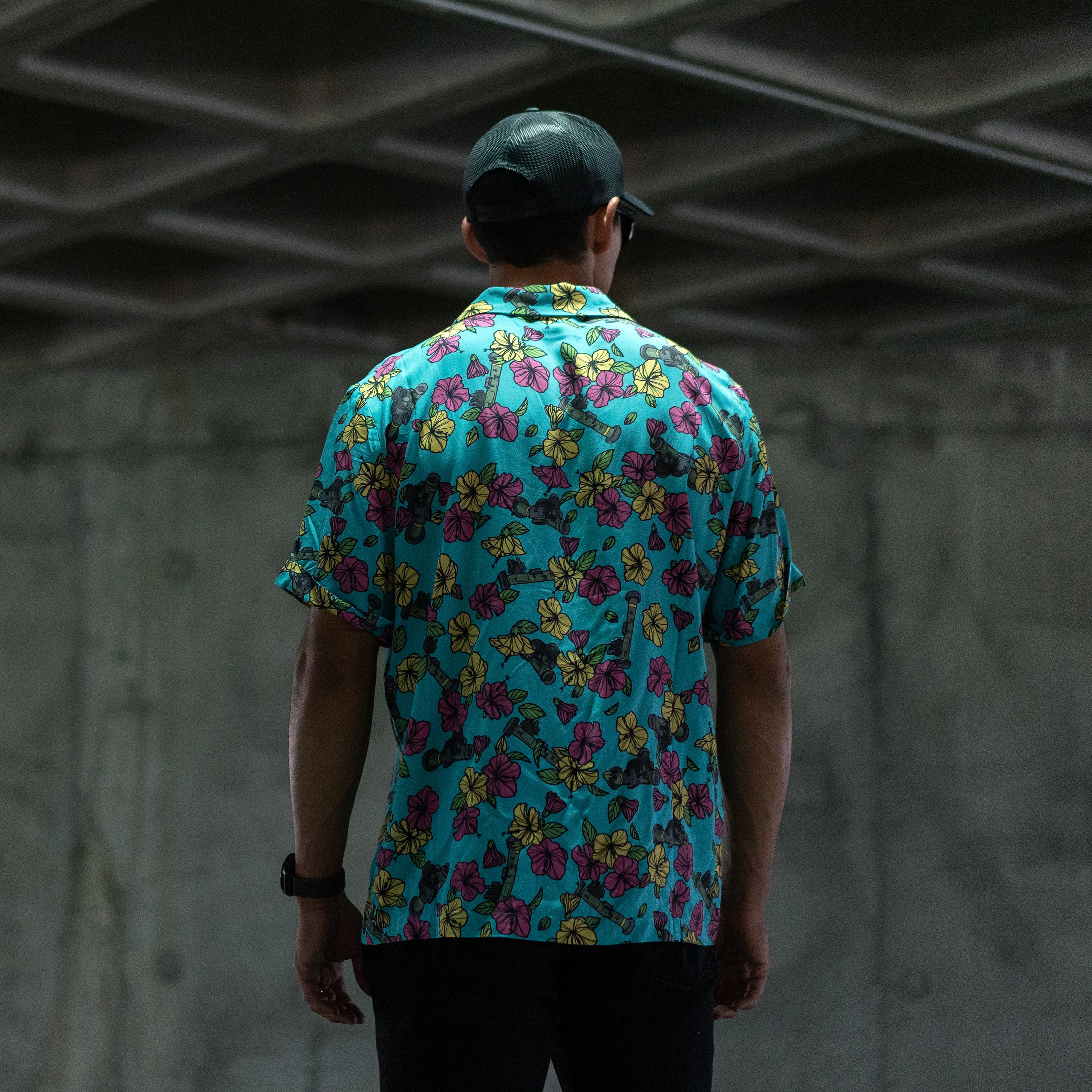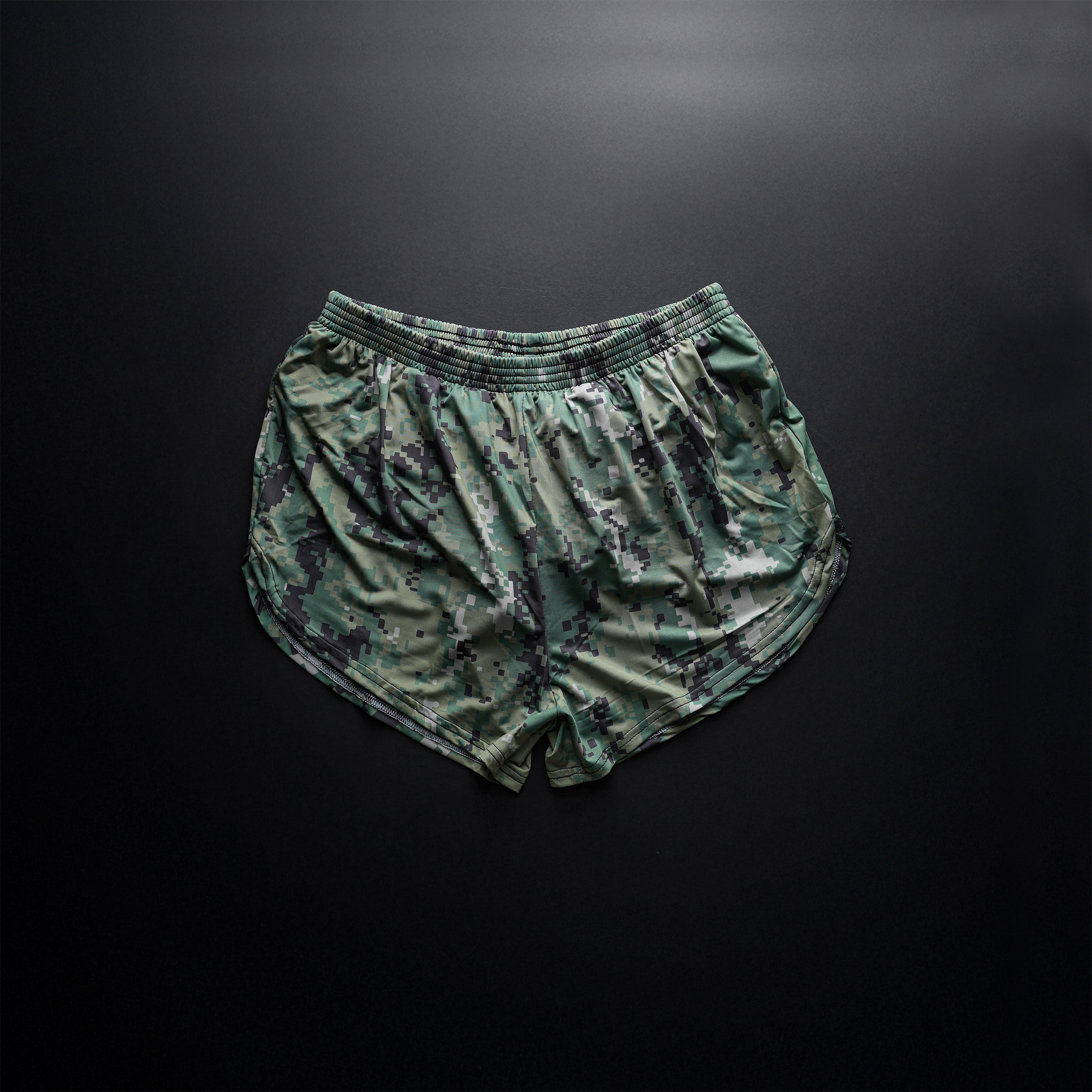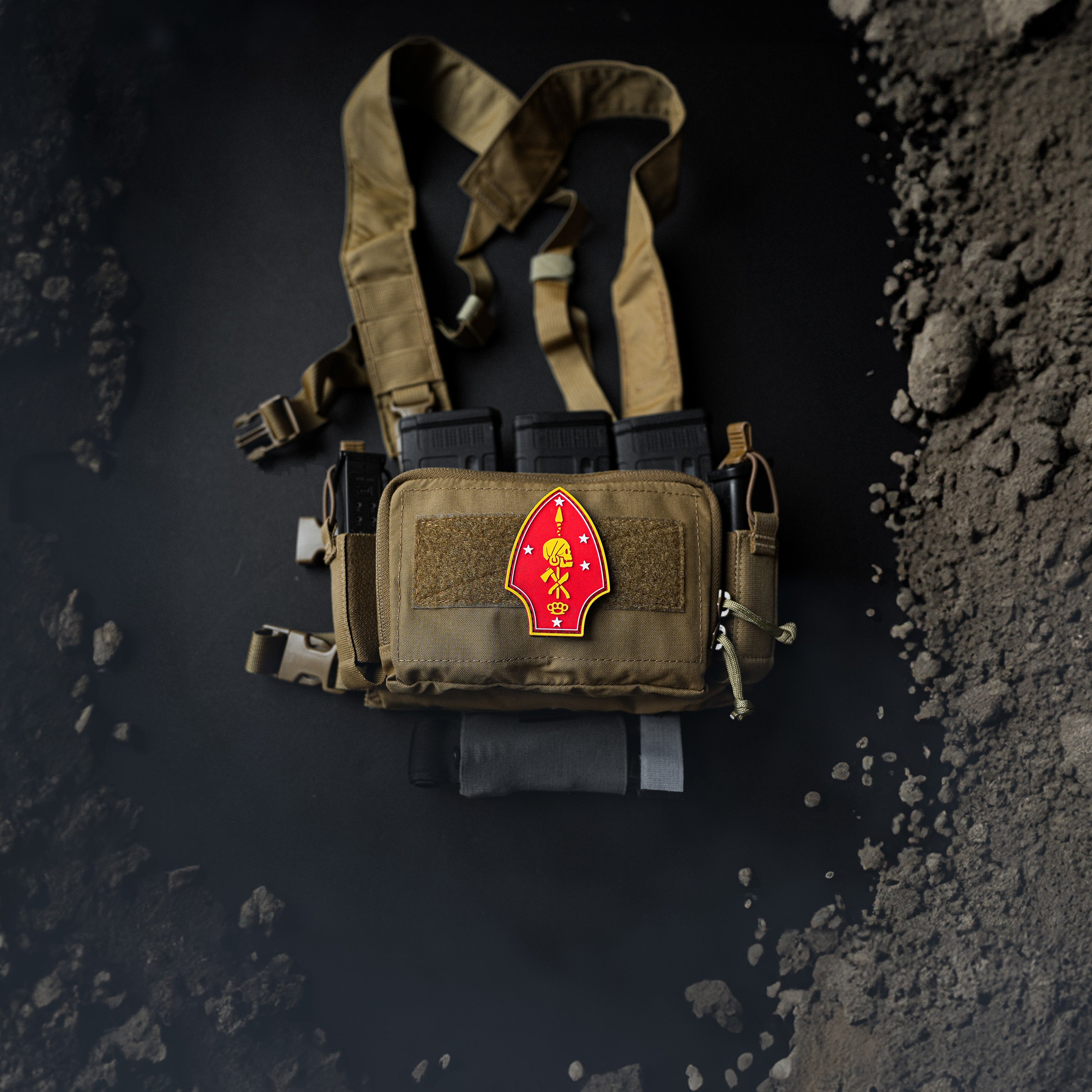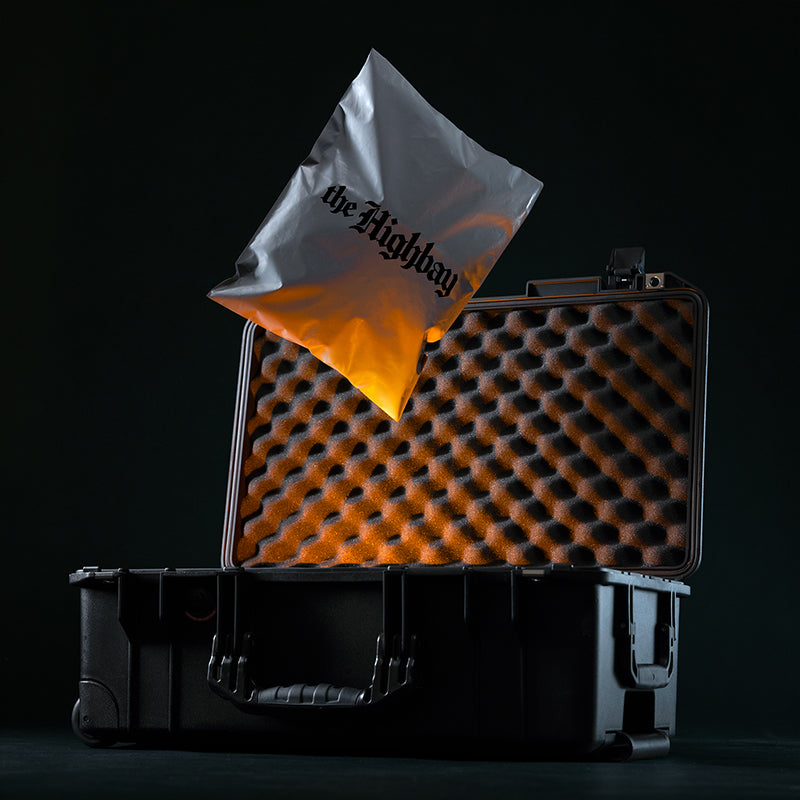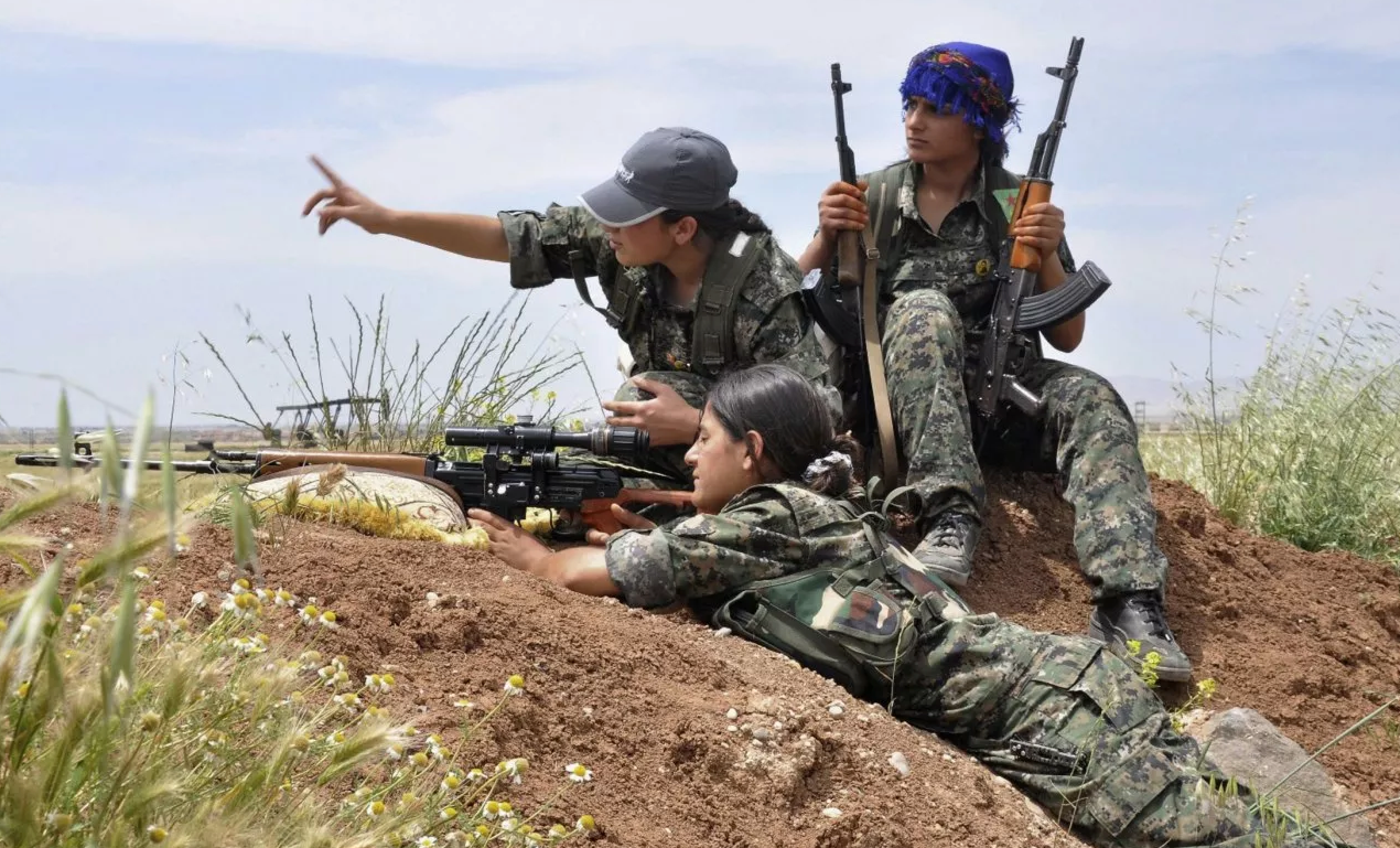
Explainer: Rojava
PHOTO CAPTION: Fighters of the Women's Protection Unit (YPJ) attend military training near Qamishli city May 11, 2014. (MASSOUD MOHAMMED/REUTERS)
BY GABRIEL FANELLI
The Autonomous Administration of North and East Syria (AANES), or more familiarly Rojava, is both an inspiring example of the purest form of successful revolution in the face of despotism and terrorism, and a problematic conundrum to both sides of the proverbial political aisle who don’t agree with many of the tenets Rojava is founded on. Rojava is Kurdish for “The west” and is one of four parts of Greater Kurdistan, which includes Southern Kurdistan in Iraq, Northern Kurdistan in Turkey, and Eastern Kurdistan in Iran. This region is the smallest of the four, with only 3 million Kurdish inhabitants inside its autonomous sub-regions of Afrîn, Jazira, Euphrates, Manbij, Tabqa, Raqqa, and Deir Ez-Zor. For comparison, the Kurdish population in Turkey is 19 million, and it is not surprising that the main aggressor trying to bring about the destruction of the Kurdish project in Syria is Turkey, to ensure the 19M don’t get any ideas from the 3M.
The movement in Rojava has been assaulted on three fronts since its declaration of autonomy in 2012 during the Syrian Civil War. The Turkish Army has repeatedly crossed the border in order to suppress the Syrian Democratic Forces (SDF) and the People’s and Women’s Defense Units (YPG and YPJ respectively). These attacks have overwhelmed the Kurdish forces and forced them to stop their operations against the Islamic State (IS), who had made their home base in Raqqa. When the Turkish Army wasn’t sending its tanks into Syrian territory, they were ensuring IS fighters had free passage in and out of Turkey to Syria (including the bulk of the 53,000 foreign fighters and their families who entered Syria), releasing pesticides that killed off much of Rojava’s arable land, and controlled the flow of water from the Euphrates into Syria via unnecessary dam projects. It is this ecological terrorism that caused the movement to solidify the preservation and regeneration of nature into their founding ideology.
IS is the second belligerent of the three fronts they face and has brutally attacked the Kurds in every city they took over. The Kurds responded with a ferocity only found within a people fighting for their freedom and survival. They also defended many other persecuted groups, such as the Yazidis. The first great victory for Kurdish forces against IS was in the city of Kobanî where IS invaded in 2014. After six months of fighting, the YPG and YPJ pushed them out and declared victory. In 2019, Kurdish forces declared total victory over IS in the Battle of Baghuz on the border with Iraq.
Finally, their near enemy has been the Ba’athist Assad regime, who has unsuccessfully attempted to fulfill its promise to retake every square inch of Syria from the Kurds and the coalition forces who have ebbed and flowed in their support of the movement. When I was in Rojava in 2023, there were still pockets of regime fighters inside Kurdish controlled areas of Hasakah, but for the most part the regime has taken refuge to the west of the Euphrates and continued attacks on SDF and coalition targets with the help of Iran and Russia.
The revolution in Rojava spawned from the ideas of Abdullah Öcalan, who created the PKK or Kurdistan Worker’s Party. The PKK found a redoubt in Syria until the late 1990s, and conducted cross border raids against Turkish forces during the Kurdish-Turkish conflict which has been active since 1921. When he left Syria, he fled to Nairobi where Turkish National Intelligence (MIT) found him and sentenced him to death. Upon the penalty being abolished in Turkey, Öcalan remained in prison on İmralı Island in the Sea of Marmara. For ten years until 2009, Öcalan was the sole prisoner on the island. Öcalan’s ideas were summed up in a philosophy known as democratic confederalism.
Far from the romanticized ideas of revolution that are prevalent in the pseudo intellectual crowds of coffeehouses and universities across the globe, democratic confederalism rejects the idea that you can have a successful revolution within an existing framework that caused the need for revolution in the first place. You must do away with everything and start again, without the creation of a “state” at all. It even went so far as to attempt to abolish the very idea of a class of politicians. Rojavan society organized itself into a multicultural network of horizontally aligned communities all empowered to actualize their vision for society together on the three pillars of total and complete liberation of women, direct democracy without representative rule, and ecological revitalization and preservation. Armed self defense was encouraged to the end that everyone knew they had an inherent responsibility to ensure their own safety and the continuation of this stateless experiment.
While Rojava has been successful in its autonomous governance since 2012, the rest of the world has not received them with as much enthusiasm as you may expect. This is due to the nature of the structure of Rojava, or lack thereof. Its nebulous organization presents a number of problems with how it interacts with the outside world. Human Rights Watch, for all its early concern about the human rights abuses committed on the Kurds by Turkey, IS and the Assad regime, considered the use of restorative justice in Rojava as tantamount to human rights abuses itself, and declared it did not meet international standards of justice. In Rojava on the local level, if there is a crime, the victim and their family meet with the perpetrator and their family, and everyone comes to an agreement on the appropriate punishment.
Accountability is the key to preventing further crimes. On a macro level, the SDF makes every attempt to create airtight warrants for the arrest of the few remaining member of IS still living in Rojava, and they do have a trial of sorts before sentencing them to prison. Many foreign IS fighters in prison currently cannot be repatriated to their home countries for a variety of reasons – from lack of cooperation with SDF leadership to outright abdication of responsibility for their citizens turned terrorists.
With no trade agreements including Rojava, no import or export mechanisms in place, and no use of airports or ports at all, Rojava stands alone as an island of self reliance in an angry sea. But for all the forced isolation unwillingly bestowed upon it, the people in Rojava are happy. It is the Syrian Galt’s Gulch, replete with enough trees, cover crop and ecological diversity to turn transform itself into the Fertile Crescent it once was apart of. More importantly, the individual freedom each citizen is granted creates a Fertile Crescent of the soul which thrives despite constant threat of death.




